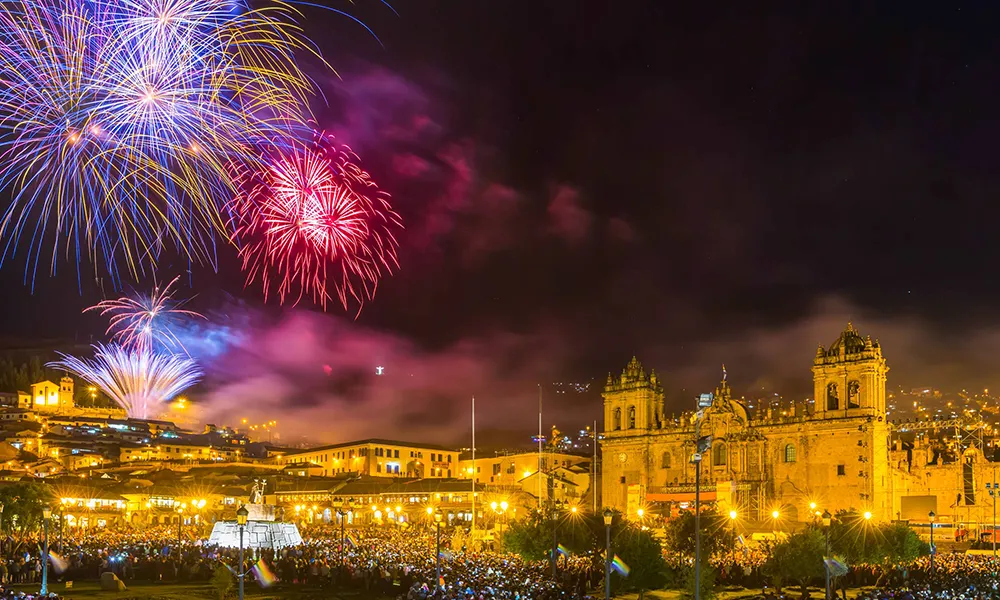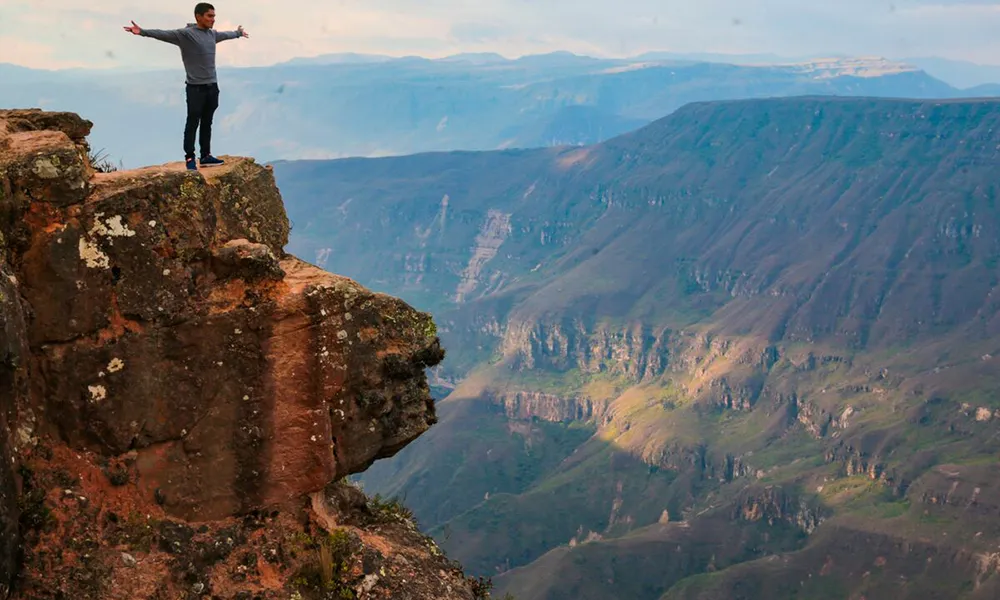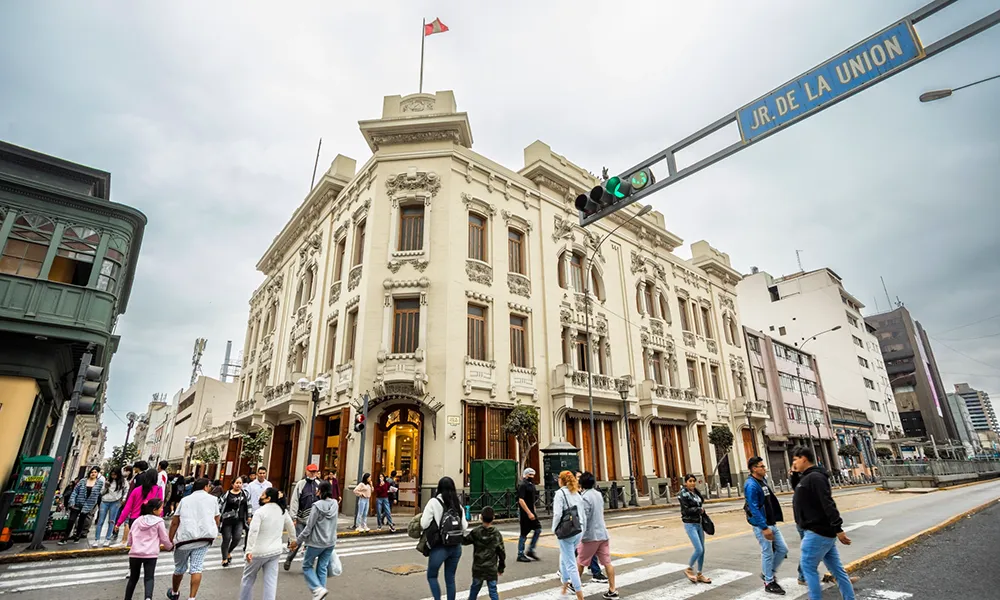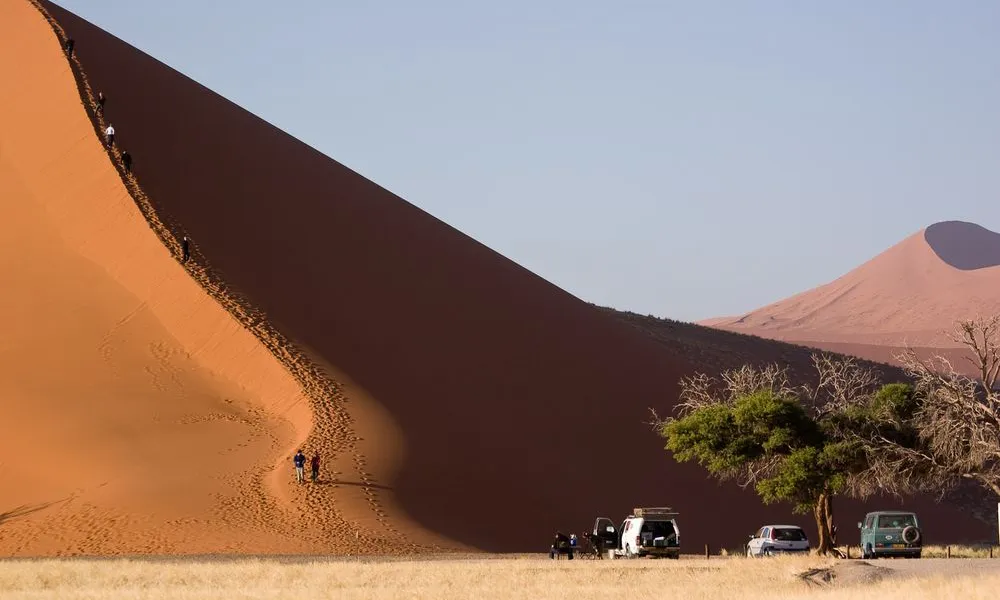Experiences vs. Real Expectations for American Tourists in Peru
Introduction
For many American travelers, Peru evokes images of lost civilizations, the mystic citadel of Machu Picchu, and vibrant Andean culture. Yet the true experience often exceeds imagination. What visitors expect before arriving and what they actually live once there are two very different stories—both fascinating and transformative. This guide explores those contrasts between expectations and reality, helping travelers from the United States understand Peru in its full complexity, beyond the postcards and travel brochures.
1. Expectation: Machu Picchu as the only highlight
Most first-time visitors from the U.S. see Peru mainly as the home of Machu Picchu. It’s often the sole image that inspires their journey, the ancient wonder set high in the clouds.
Reality:
While Machu Picchu is indeed extraordinary, it’s just one piece of a much larger mosaic. The country is a land of contrasts: the mysterious Nazca Lines in the desert, the floating islands of the Uros on Lake Titicaca, the deep Colca Canyon where condors soar, and the lush Amazon jungle full of life. Many travelers are surprised to discover that each region reveals its own soul, its own rhythm, and a history that goes far beyond the Inca Empire. For most Americans, what began as a trip to one famous site turns into a journey across cultures and landscapes that defies expectation.
2. Expectation: Warm tropical weather throughout the year
Because Peru is located near the equator, many expect it to have a uniform tropical climate—sunny, hot, and humid all year long.
Reality:
Peru is one of the most climatically diverse countries on Earth. Along the Pacific coast, Lima and Paracas remain mild and often cloudy. In the Andes, where Cusco and Arequipa lie, travelers find cold nights and sunny days at high altitude. The Amazon, meanwhile, greets visitors with intense humidity and lush vegetation. This variety often takes American travelers by surprise, especially those unprepared for the sharp temperature changes. But it also allows for unique adventures—from hiking through glaciers to kayaking under tropical rain—all within the same trip.
3. Expectation: Lima is just a layover city
Many tourists think of Lima as a quick stop before reaching the mountains, assuming it has little to offer beyond the airport.
Reality:
Lima turns out to be a revelation. It is a city of flavors, contrasts, and culture, often called the gastronomic capital of South America. Visitors discover world-class restaurants, bustling markets, and neighborhoods filled with art and history. Miraflores offers ocean views and modern energy, while Barranco captures the bohemian spirit of the city with its murals, cafes, and live music. What was meant to be a brief pause becomes an experience full of surprises, where food and culture tell the story of a nation that has learned to blend tradition with modern creativity.
4. Expectation: Smooth and fast transportation
American tourists are accustomed to highways, short flights, and efficient schedules, so they often expect similar infrastructure in Peru.
Reality:
Traveling across Peru requires patience and a spirit of adventure. The roads wind through mountains, valleys, and remote highlands, and flights can be affected by weather or altitude. Yet this slower rhythm is part of the journey’s beauty. Every curve in the Andes reveals breathtaking scenery—villages with red-tiled roofs, ancient terraces, and herds of llamas grazing by turquoise lakes. Instead of being an inconvenience, the journey itself becomes a window into the real Peru, one that modern travelers rarely see from the sky.
5. Expectation: Exotic but limited cuisine
Some visitors expect a few traditional dishes—mostly corn, potatoes, and guinea pig—and think Peruvian food might be interesting but repetitive.
Reality:
Peruvian gastronomy is a universe of flavors. From the coast to the jungle, each region offers something distinct. Lima seduces with ceviche and seafood; Cusco delights with quinoa soups, alpaca steaks, and Andean herbs; the Amazon surprises with fruits and fish found nowhere else. The blend of cultures—Andean, Spanish, African, Chinese, and Japanese—has created one of the most diverse cuisines in the world. For American visitors, this becomes one of the biggest revelations of their trip: food is not just nourishment here, but identity and pride.
6. Expectation: Communication and safety are difficult
Before arriving, some travelers worry about language barriers, scams, or lack of organization.
Reality:
Modern Peru is remarkably welcoming and increasingly accessible. In major cities and tourist routes, English is widely spoken, especially by guides, hotel staff, and young people. Mobile signal and Wi-Fi are easy to find, and most tour companies maintain high safety standards. Travelers are often impressed by how friendly and helpful locals are. While caution is always wise—as in any country—the overall experience is one of warmth and security. Many American visitors describe Peru as one of the most hospitable places they’ve ever been.
7. Expectation: A passive cultural experience
Some expect to admire the culture from afar—through museums, souvenirs, or short guided tours.
Reality:
Peru invites participation. Visitors can live the culture, not just observe it. In the Sacred Valley, tourists share meals with Quechua families and learn ancient weaving techniques. On Lake Titicaca, they stay overnight with Aymara hosts on floating islands. In the Amazon, they walk with native guides who interpret the forest’s secrets. These moments of human connection reveal a depth that no photograph can capture. For many travelers, this direct exchange with local communities becomes the heart of their Peruvian journey.
8. Expectation: A simple adventure
Many expect a trip focused on sightseeing—ruins, markets, and natural wonders.
Reality:
What they find is a deeply transformative experience. The journey through Peru challenges comfort zones, awakens curiosity, and redefines what travel means. Hiking up ancient trails, sharing stories with local people, or standing in silence before a mountain considered sacred—these experiences touch something spiritual. Most American visitors return home changed, with a new appreciation for simplicity, tradition, and the harmony between humans and nature.
Conclusion
The journey to Peru begins with expectations of adventure, but it often ends in self-discovery. American tourists arrive seeking history and landscapes; they leave with memories of kindness, connection, and authenticity. The difference between what they imagined and what they experienced is immense—and beautifully so.
Peru doesn’t just meet expectations; it surpasses them in every possible way, offering travelers something the modern world rarely provides: meaning, emotion, and wonder.








